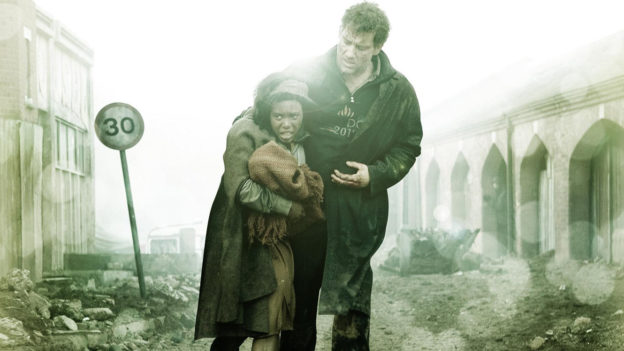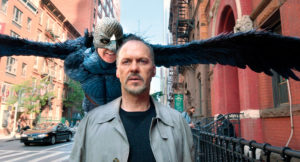I’ve always been a sucker for gadgets, gizmos and whatzits.
Perhaps it was the gimmicks in the cheap magic tricks I bought as a kid. At least that’s what I rationalize when I continue to feed my addiction to odd purchases. Like the spy pen camera I bought I last week.
I had no need for one, as I’ve really cut down on my pen writing and spying. I can’t even really tell you why I was looking at them. But I knew when I wanted one: When one reviewer who raved about the device admitted that he bought it it “because when I was a kid I always dreamed of having one.”
That’s enough for me (along with a price tag of $35; funny, the cost of dreams). Alas, the toy was broken upon arrival, and I had to reluctantly return it.
The psychosis spreads to my vehicles, many of which will become historical footnotes of bad engineering. There were the two Fieros. The Yugo. And one of my favorites, a purple X-90 that’s the closest the auto industry has come to a bubble car.  I’m currently driving a smart car because the Fiat 500 seemed too big, having a backseat and all.
I’m currently driving a smart car because the Fiat 500 seemed too big, having a backseat and all.
I drive another ridiculous contraption now, a Can-Am Spyder that is, in essence, a reverse trike — two wheels in front, one in back. Think a dyslexic Big Wheel. The bike flummoxes insurance companies and state DMVs, which aren’t sure how to categorize it. You don’t even need a motorcycle license to drive one, which is about as insane as not needing a license to work an AR-15.
But the gizmo has turned into an intellectual whatzit. The purchase was borne of the stubborn realization that driving on only two wheels is insane in Los Angeles. But I can’t bring myself to give up the roller-coaster high that is any motorcycle ride.
So now I drive the equivalent of either a Batbike or a bike for circus clowns, and love it. I take 6-mile rides along Lake Balboa to pick up a donut three blocks away. The thing has such a cavernous trunk I take it grocery shopping, as it can hold a 24-pack and two grocery bags. It’s the first motorcycle to earn a thumbs-up from my mother, which is either a very good or very troubling sign.
It has come at the cost of some hubris. Once I rode a Harley, and I’m still too embarrassed by the training wheels to pull into a Harley shop, lest I be discovered for the fraud I am.
But there’s something to that third wheel, more assuring than I expected. A good friend recently confided he rides his Harley now to simply keep it running. “But it’s a 700 pound bike,” he told me. “If that drops, I won’t be able to pick it up.”
I hear you, brother. And I’m only a half step behind you in my burgeoning caution.
But on the ride to buy cake donuts this weekend, I came upon a group of boys, all brandishing skateboards and spasming cell phones. They geared up, headed out of the shop, and surrounded the bike. “What the hell is that?” one asked loudly to no one.
And I realized: He’d found the through line to much of my life. From magic tricks to handheld gadgets to the motorcycles and cars that ferry me, I’m undeniably drawn to any whatthehellisthat?
Fortuna may insist that my body age. But she is powerless against my towering immaturity.
Nyah Nyah Nyah.
Now what’s that spy pen website?















